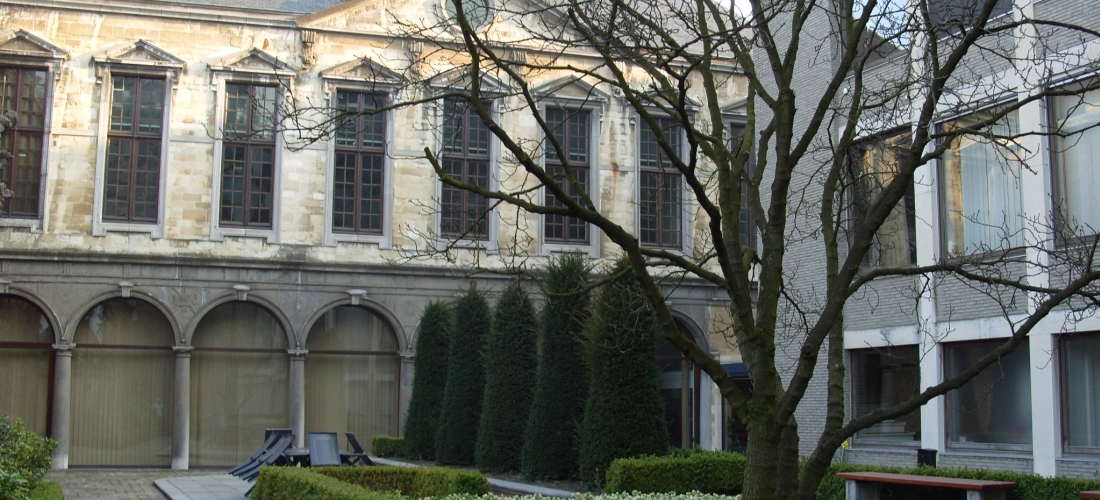1942
Behind the Rubenshuis, which was then in the throes of restoration, the historical Kolveniershof was recognized among the 19th-century structures. The building was immediately designated as the ideal location for the future Rubenianum. With that aim in mind, the city of Antwerp purchased it in 1948.
1950
Frans Baudouin was appointed as the first curator of the newly-opened Rubenshuis and strove to get the Rubenianum project off the ground as soon as possible. Under his leadership, the Rubenshuis started building up its own library and archive of visual documentation.
1959
Roger-A. d’Hulst and Frans Baudouin established the Nationaal Centrum voor de Plastische Kunsten van de 16de en de 17de eeuw with the aim of encouraging and publishing research on Flemish art. In 2011 this academic society was renamed the 'Centrum Rubenianum'.
1962
After the death of the German Rubens expert Dr Ludwig Burchard in 1960, Frans Baudouin managed to secure ownership of Burchard’s impressive library and documentation for the city of Antwerp. The city accepted the condition imposed by Burchard’s heirs to complete his life’s work posthumously: to publish what would be known as the Corpus Rubenianum Ludwig Burchard. An agreement was signed that gave this task to the Centrum Rubenianum.
1963
Three containers arrived in the port of Antwerp from London, with Ludwig Burchard’s scholarly library and his archives. This arrival marks the true beginning of the Rubenianum as a separate municipal service, which was temporarily housed in Museum Smidt van Gelder. The reading room and collecting activities were set up and the Nationaal Centrum voor de Plastische Kunsten van de 16de en de 17de eeuw moved into the same premises.
1968
This year saw the publication of the first volume of the Corpus Rubenianum Ludwig Burchard.
1981
The foundation stone had been laid in 1975. Six years later, the restoration of Kolveniershof and the buildings next to it was completed, and the Rubenianum moved to its current location adjoining the Rubenshuis.
2012
The launch of a long-term partnership with the Netherlands Institute for Art History (RKD) marked the transition from analogue documentation to online work processes.
2013
The Rubenianum celebrated its 50th anniversary in 2013 by hosting a special seminar entitled ‘Picturing Ludwig Burchard (1886-1960): A Rubens Scholar in Art-Historiographical Perspective’. The book resulting from the seminar was published in 2015.

